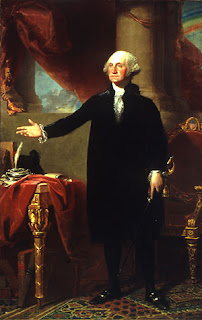Corne is remembered for his maritime art especially scenes from the War of 1812.
Since there was no actual footage of war action during the 1800s our only graphic source are the many paintings that were created in the years following the events. We have to be careful, however, because many “historic” paintings romanticize events instead of depicting them accurately.
However, accuracy reigns in the four paintings Corne painted regarding the action between the USS Constitution and the HMS Guerriere on August 19, 1812.
The following four paintings now hang in the U.S. Naval Academy Museum.
The Approach
A frigate sighted by the USS Constitution was determined to be HMS Guerriere. The words “Not The Little Belt” was painted on one of her topsails.
The Engagement
Guerriere opened fire upon entering range of Constitution, but the Americans managed to hold fire until the two warships were a mere 25 yards apart, at which point a full double-loaded broadside of grape and round shot was fired.
Collision
Over the course of the engagement, the ships collided, and at one point they rotated together counterclockwise while Constitution continued firing broadsides. Guerriere’s bowsprit became entangled in Constitution’s rigging. When the two ships pulled apart, the force of the extracting bowsprit sent shockwaves through Guerriere’s rigging. Her formast soon collapsed and it took the mainmast down with it shortly.
Pulling Away
The result was Guerriere became a dismasted, unmanageable hulk. A third of her crew were wounded or killed. The British surrendered and the remaining crew transferred to the USS Constitution.
The Guerriere was not pulled to port and the Americans burned her.
Since many of the British shots rebounded harmlessly off Constitution’s hull she earned the nickname “Old Ironsides”.
Once the USS Constitution and her crew returned to Boston around the end of August, 1812 the crew discovered the news of their victory had spread like wildfire, and they were hailed as heroes.















